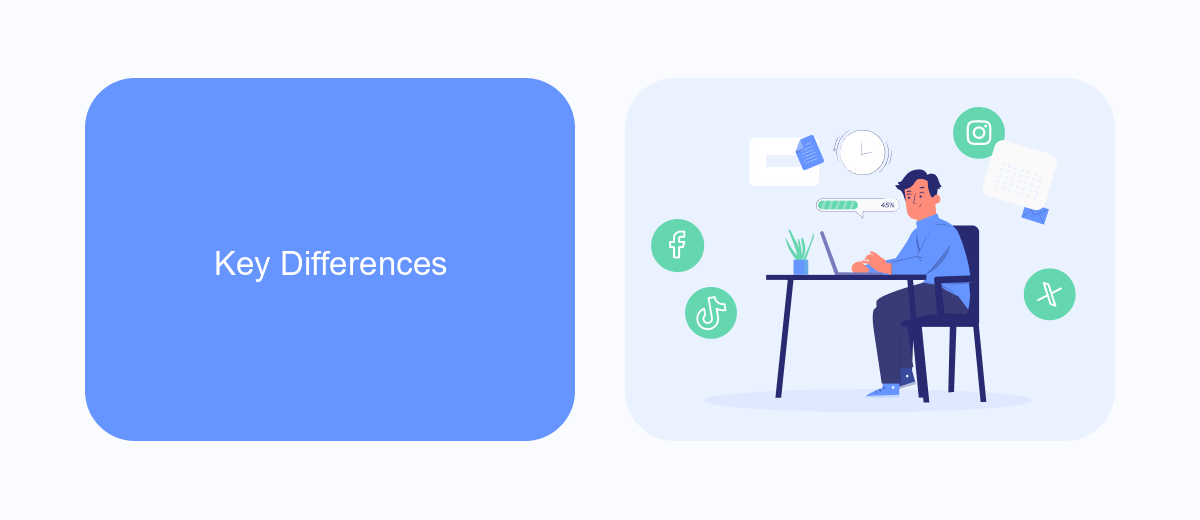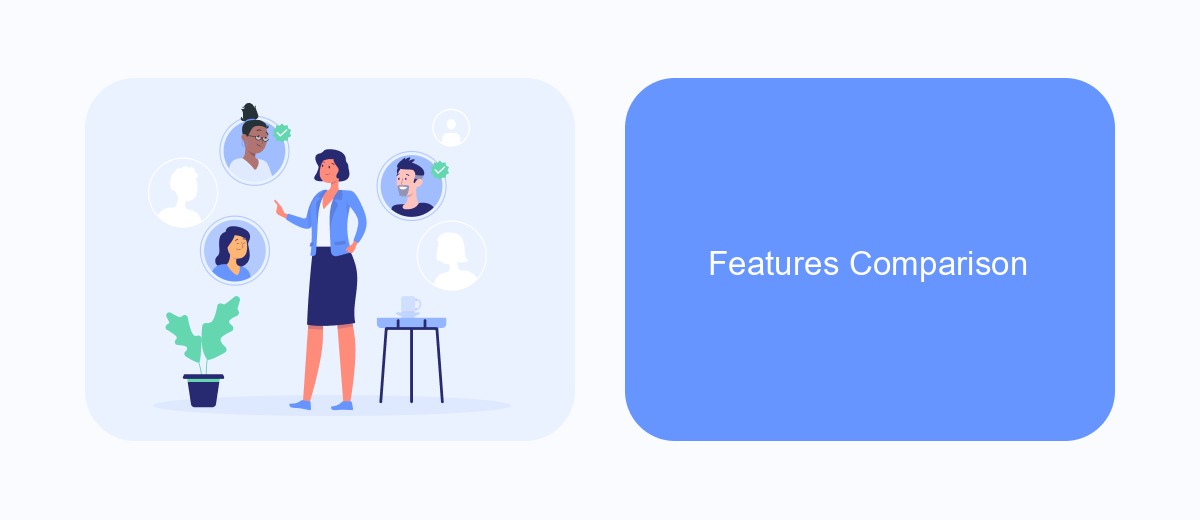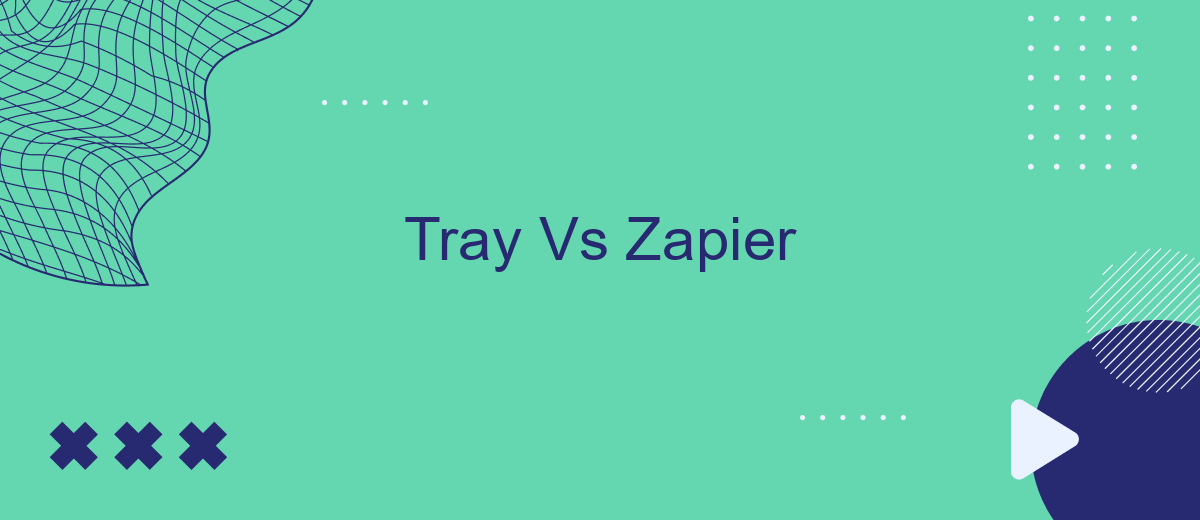When it comes to automating workflows and integrating various applications, two platforms often stand out: Tray.io and Zapier. Both offer powerful tools to streamline processes, but they cater to different needs and expertise levels. This article will delve into the features, strengths, and weaknesses of Tray.io and Zapier, helping you decide which platform is the best fit for your business.
Introduction
In today's rapidly evolving digital landscape, businesses are constantly seeking ways to streamline their operations and enhance productivity through automation. Two of the leading platforms that facilitate this are Tray and Zapier. Both offer powerful tools to connect various applications and automate workflows without the need for extensive coding knowledge.
- Tray: Known for its advanced capabilities and flexibility, suitable for complex workflows.
- Zapier: Popular for its user-friendly interface and extensive app integrations, ideal for simpler tasks.
Choosing the right tool depends on your specific needs and technical expertise. While Tray and Zapier are prominent choices, services like SaveMyLeads also offer valuable solutions for automating lead management and integrating various platforms seamlessly. Understanding the strengths and limitations of each option will help you make an informed decision that best supports your business goals.
Key Differences

Tray.io and Zapier are both powerful automation platforms, but they cater to different user needs and technical expertise levels. Tray.io is often preferred by larger enterprises and developers due to its advanced capabilities and flexibility. It offers a more complex and customizable approach to building workflows, allowing users to create intricate integrations with multiple steps and conditions. On the other hand, Zapier is known for its user-friendly interface and simplicity, making it ideal for small to medium-sized businesses and non-technical users. It provides a straightforward way to connect apps and automate tasks with minimal setup.
Another key difference lies in the range of integrations and scalability. Tray.io supports a broader array of integrations and can handle more complex data transformations, making it suitable for larger-scale operations. Zapier, while offering a wide variety of integrations, focuses on ease of use and quick setup. For businesses looking for a simpler solution, services like SaveMyLeads can be an excellent alternative, providing easy-to-use tools for integrating various apps and automating workflows without the need for extensive technical knowledge.
Pricing

When comparing Tray and Zapier, pricing is a crucial factor to consider as it impacts your budget and overall ROI. Both platforms offer different pricing tiers, catering to various business needs and sizes.
- Tray.io offers a custom pricing model based on the specific requirements of your business. This means you need to contact their sales team to get a quote tailored to your needs.
- Zapier provides a more transparent pricing structure with multiple tiers: Free, Starter, Professional, Team, and Company. Each tier offers a different number of tasks and premium features, allowing you to choose a plan that fits your budget and needs.
Additionally, services like SaveMyLeads offer an alternative for those who need straightforward and cost-effective integration solutions. SaveMyLeads provides ready-to-use integrations with a simple pricing model, making it easier for businesses to automate their workflows without the complexity of custom solutions.
Features Comparison

When comparing Tray and Zapier, it's essential to consider the features each platform offers to determine which best suits your needs. Both platforms provide robust automation tools, but they cater to different user bases and requirements.
Tray is known for its advanced capabilities, including complex workflows and a wide range of integrations. It is designed for users who need more customization and are comfortable with a steeper learning curve. Zapier, on the other hand, is more user-friendly and ideal for those who need to set up automations quickly without extensive technical knowledge.
- Tray: Advanced customization, complex workflows, extensive integrations
- Zapier: User-friendly interface, quick setup, wide range of pre-built templates
- SaveMyLeads: Simplifies lead management, easy integration with various CRMs
Ultimately, the choice between Tray and Zapier depends on your specific needs and technical expertise. If you require advanced customization and are willing to invest time in learning the platform, Tray may be the better option. However, if you prefer a straightforward, easy-to-use solution, Zapier is likely the best choice. Additionally, services like SaveMyLeads can further streamline your lead management processes, enhancing the functionality of either platform.
Conclusion
In conclusion, both Tray and Zapier offer robust solutions for automating workflows and integrating various applications. Tray is known for its advanced capabilities and flexibility, making it suitable for enterprises with complex integration needs. On the other hand, Zapier is user-friendly and ideal for small to medium-sized businesses looking for straightforward automation without the need for extensive technical knowledge.
While choosing between Tray and Zapier, it's essential to consider your specific requirements, technical expertise, and budget. Additionally, services like SaveMyLeads can further simplify the process of setting up integrations by providing pre-built templates and an intuitive interface, ensuring that even non-technical users can efficiently manage their workflows. Ultimately, the best tool for you will depend on your unique business needs and the specific challenges you aim to address through automation.
- Automate the work with leads from the Facebook advertising account
- Empower with integrations and instant transfer of leads
- Don't spend money on developers or integrators
- Save time by automating routine tasks
FAQ
What are the main differences between Tray.io and Zapier?
Which platform is better for non-technical users?
Can both Tray.io and Zapier handle custom API integrations?
How do the pricing models of Tray.io and Zapier compare?
What are some alternatives to Tray.io and Zapier for automation and integrations?
If you use Facebook Lead Ads, then you should know what it means to regularly download CSV files and transfer data to various support services. How many times a day do you check for new leads in your ad account? How often do you transfer data to a CRM system, task manager, email service or Google Sheets? Try using the SaveMyLeads online connector. This is a no-code tool with which anyone can set up integrations for Facebook. Spend just a few minutes and you will receive real-time notifications in the messenger about new leads. Another 5-10 minutes of work in SML, and the data from the FB advertising account will be automatically transferred to the CRM system or Email service. The SaveMyLeads system will do the routine work for you, and you will surely like it.

